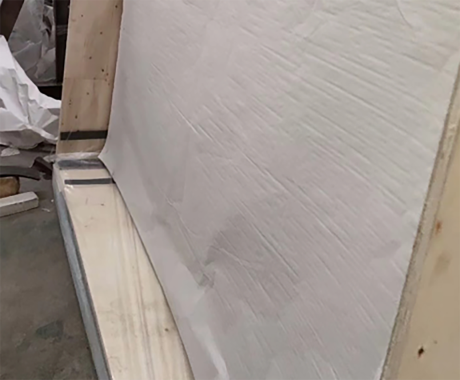

The Enigmatic Glass Mirror Reflecting More Than Just Images
In our daily lives, the glass mirror serves as a functional object, often taken for granted. However, its significance extends far beyond mere reflection. This transparent surface, polished to perfection, encapsulates a fascinating interplay between light and perception, transforming our understanding of self and reality.
Historically, mirrors have played a vital role in various cultures. The ancient Egyptians crafted mirrors from polished bronze, while in China, pieces of polished stone were used. As glass-making techniques evolved, the glass mirror emerged, representing not just a practical tool but also a symbol of beauty and status. In the Renaissance, mirrors became exclusive items that adorned the homes of the wealthy, reflecting not only their physical appearance but also their social standing.
Metaphorically, mirrors invite introspection
. When we gaze into a mirror, we are not only seeing our physical likeness but are also confronted with our emotions, desires, and self-perceptions. This act of reflection can be profound, prompting questions about identity and self-worth. Indeed, the glass mirror acts as a portal to our inner selves, revealing insights that are often overlooked. It encourages us to ponder who we are, beyond our outer appearance, challenging us to confront the complexities of our existence.
In contemporary society, the glass mirror has taken on new dimensions. With the advent of social media and the digital age, the concept of reflection has evolved. We often compare our real lives to the curated images we see online, leading to a warped sense of self-image. The mirror has transformed from a simple object into a conduit of validation and self-examination, as individuals seek to reconcile their real selves with their projected identities.
Moreover, the glass mirror plays a critical role in various artistic expressions. Artists have long utilized mirrors to explore themes of reality and perception. Through installations and performances, they challenge viewers to look beyond the surface, prompting them to question what they see and how it relates to their experiences. This artistic engagement enhances our appreciation for the mirror as a subject, revealing its potential to provoke deep-seated emotions and thoughts.
In conclusion, the glass mirror is a multifaceted artifact that reflects not only our physical forms but also the intricate layers of our identities and societal constructs. It serves as a reminder of the duality of existence—what is seen versus what lies beneath. As we continue to navigate a world saturated with reflections, it is essential to remember that the true essence of self is often found beyond the surface, urging us to look deeper into the mirror of life. The glass mirror remains a timeless symbol of introspection, beauty, and the complexity of the human experience.